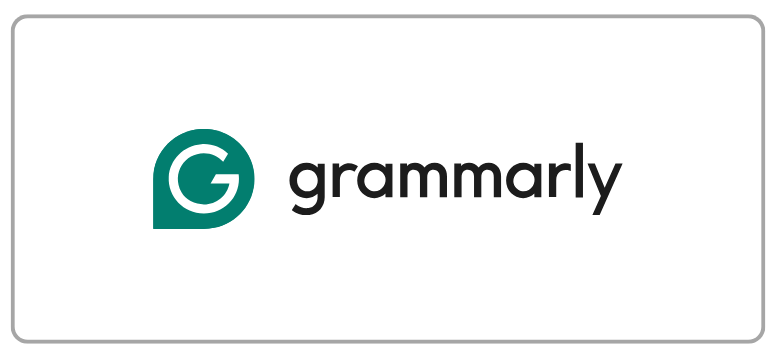Karya Graffiti sebagai Representasi Persoalan Sosial di Kota Bandung
DOI:
https://doi.org/10.21512/humaniora.v5i2.3130Keywords:
graffiti, art, urban, social issues, street artAbstract
Graffiti works are often found in urban area, so it becomes culture expression of a city represented through art (urban art). At this stage, graffiti is classified in the genre of street art. There is high enough desire for graffiti artists to interact and convey their message through their works with public. Thus, public spaces, such streets, become a choice for space and inspiration to them to work as well as exhibitions. Everyday issues, which according to Charles Baudelaire (1863), become inspiration for impressionist painters to paint modern subjects. Modern subjects in the form of everyday problems occur along the way in Paris, bridges, and roadside cafes. What was disclosed by Baudelaire is still factual at present, that the road becomes the source of inspiration collection. This study used field research, literature studies, and interview. Meanwhile, research object was graffiti works in Bandung. Research showed street art, in this case graffiti, was a symbol of resistance and response to actual political conditions. Walls and other objects commonly found in the street or public space were a stretch of ideas and canvas for graffiti artists.
Â
References
Bussard, K. A., Ward, F., and Yee, L. Street Art Street Life, from the 1950s to now. (1999). New York: Aperture Foundation, Bronx Museum of the Art.
McCormick, C., Schiller, M., Schiller, S. (2010). Ethel Seno (Ed.). Tresspas: a History of Uncommissioned Urban Art. New York: Taschen.
Murray, J. T. and Murray, K. L. (2006). Burning New York. California: Gingko Press.
Nanang,I. K. (2001). Melacak pemikiran Anthony Giddens tentang nation state dan modernitas. Jurnal Ilmu Sosial dan Ilmu Politik, 4(3).
Panofsky, E. (1955). Meaning in Visual Arts. New York: Dobleday Anchor.
Sugiyono. (2007). Metode Penelitian Kuantitatif, Kualitatif, dan R&D. Bandung: Alfabeta.
Walde, C. (2011). Street Fonts: Graffiti Alphabets from Around the World (Street Graphics/Street Art). Thames and Hudson.
Downloads
Published
How to Cite
Issue
Section
License
Authors who publish with this journal agree to the following terms:
a. Authors retain copyright and grant the journal right of first publication with the work simultaneously licensed under a Creative Commons Attribution License - Share Alike that allows others to share the work with an acknowledgment of the work's authorship and initial publication in this journal.
b. Authors are able to enter into separate, additional contractual arrangements for the non-exclusive distribution of the journal's published version of the work (e.g., post it to an institutional repository or publish it in a book), with an acknowledgment of its initial publication in this journal.
c. Authors are permitted and encouraged to post their work online (e.g., in institutional repositories or on their website) prior to and during the submission process, as it can lead to productive exchanges, as well as earlier and greater citation of published work.
USER RIGHTS
All articles published Open Access will be immediately and permanently free for everyone to read and download. We are continuously working with our author communities to select the best choice of license options, currently being defined for this journal as follows: Creative Commons Attribution-Share Alike (CC BY-SA)


















